Ralph Oppenheim and The House of Genius

Continuing today with another chapter from Garrett’s book, The Golden Handicap: A Spiritual Quest.
The strain Garrett’s condition had put on their marriage and the increasing demands upon his time due to his writing led James to move out of their West 138th Street apartment in January of 1914 and into digs at 61 Washington Square South. In April 1914 he would publish Idle Wives—a novel about well to do women who have nothing to do and ignore their children while they themselves are ignored by their husbands. Lucy saw herself as one of these neglected women and filed for divorce which was granted in July of that year.
Lucy remarried the following year to a Dr. Meyer M. Stark who had been treating Garrett for some time while James eventually remarried one Gertrude (Smith) Drick—he called her The Golden Bird, she called herself “Woe”. When asked why she would reply, ” ‘Cause Woe is me.” She is only remembered now for the time she tried to declare Washington Square it’s own republic (Garrett mentions this in the chapter).
In 1921 James Oppenhiem moved to Glendale, California with Woe and Ralph. They were there for about two years returning in 1923 and resuming residence at 61 Washington Square South, a rooming house known as The House of Genius! The block had been dubbed genius row due to the creative geniuses that had lived there at one time or another, but number 61 was the house of genius.
|
|
The house had been leased by a swiss woman named Madame Blanchard in 1886 and she in turn converted the single family dwelling into a rooming house and would only rent rooms to bohemian writers, musicians and artists. It is said that notable residents of the building included Willa Cather, John Dos Passos, Alan Seeger, Stephen Crane—and to this list Ralph Oppenheim!
According to Garrett, James and Gertrude had a room on the third floor which overlooked the park—from the window, you could see over the famous Washington Arch straight up Fifth Avenue. The walls of the third and forth floors of the building were said to be emblazoned with artistic murals and poetry etched by the former guests. Ralph occupied a smaller room where he wrote his blood and thunder stories!
The Golden Handicap: A Spiritual Quest
A Polio Victim Asks, “Why?” and Turns His Life Around
|
|
This time Garrett writes about visiting and then moving in with his father, step-mother and Ralph down in the village in a house commonly referred to as the house of genius, of the wonderful visitors—artists, novelists, poets, composers, even a well-known cartoonist—that would come; and of his step-mother who was more of a wonderful companion than a parent. In short: The Magical World of Daddy O!
- Download “The Magical Wold of Daddy O” (The Golden Handicap: A Spiritual Quest. ARE Press, 1993)
Editor’s Note: If you are interested in reading Garrett’s whole book it can be found on used book sites and for as low as 90¢ used from other sellers on Amazon!








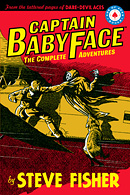 it’s already been ten years since we introduced you to Jed Garrett, aka Captian Babyface, and his faithful dog Click, the hell-hound, but it has. It was ten years ago today Age of Aces Books published it’s first—
it’s already been ten years since we introduced you to Jed Garrett, aka Captian Babyface, and his faithful dog Click, the hell-hound, but it has. It was ten years ago today Age of Aces Books published it’s first—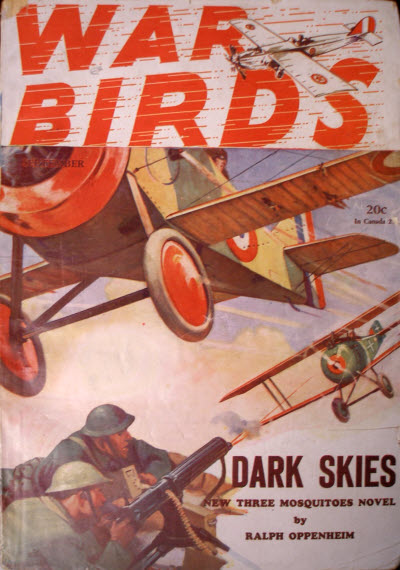 the third of three Three Mosquitoes stories we’re presenting this month. Every night at 11pm the Boche have been raining down bombs from seemingly nowhere with ever increasing accuracy—slowly getting closer to the Allies big supply dump in Remiens! Kirby, Shorty and Trav race to find out where the bombs are coming from and stopping them before the Boche finally hit their target! From the December 1930 number of War Birds, the Three Mosquitoes fly into Dark Skies!
the third of three Three Mosquitoes stories we’re presenting this month. Every night at 11pm the Boche have been raining down bombs from seemingly nowhere with ever increasing accuracy—slowly getting closer to the Allies big supply dump in Remiens! Kirby, Shorty and Trav race to find out where the bombs are coming from and stopping them before the Boche finally hit their target! From the December 1930 number of War Birds, the Three Mosquitoes fly into Dark Skies!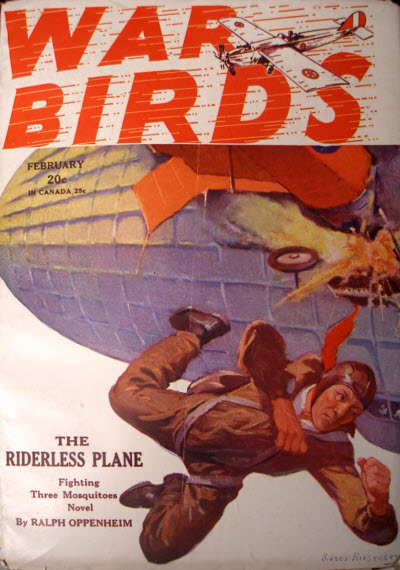 the second of three Three Mosquitoes stories we’re presenting this month. This week the inseparable trio tangle with the menace of the western front—the riderless plane! The mere thought of it sent a cold chill coursing up Kirby’s spine. It was all right to pit your skill and wits against an enemy pilot who, after all, was just a human being like yourself. But to face a freak plane which flew of its own accord, with its cockpit utterly empty—that was asking too much of any man. It seemed incredible, preposterous, this horrible machine without a pilot, shooting through the air like a streak, doing its deadly work, and then mysteriously vanishing. And yet, incredible as it was, it had taken its hold on the entire Allied air force and was slowly but surely breaking down their morale. From the February 1930 issue of War Birds, it’s “The Riderless Plane!”
the second of three Three Mosquitoes stories we’re presenting this month. This week the inseparable trio tangle with the menace of the western front—the riderless plane! The mere thought of it sent a cold chill coursing up Kirby’s spine. It was all right to pit your skill and wits against an enemy pilot who, after all, was just a human being like yourself. But to face a freak plane which flew of its own accord, with its cockpit utterly empty—that was asking too much of any man. It seemed incredible, preposterous, this horrible machine without a pilot, shooting through the air like a streak, doing its deadly work, and then mysteriously vanishing. And yet, incredible as it was, it had taken its hold on the entire Allied air force and was slowly but surely breaking down their morale. From the February 1930 issue of War Birds, it’s “The Riderless Plane!”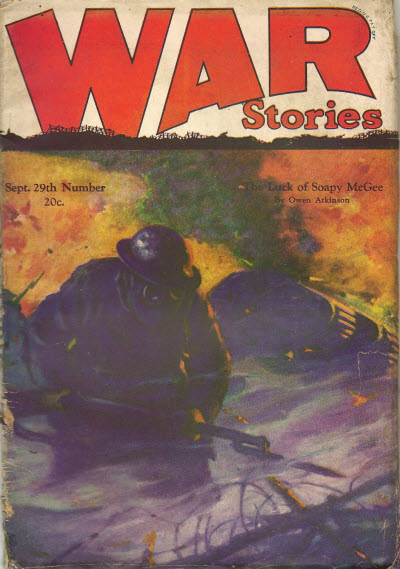 Mosquitoes—the unseasonably warm weather has brought the Mosquitoes out of hibernation to help get through the cold winter months, at Age of Aces dot net it’s our third annualMosquito Month! We’ll be featuring that wiley trio in three early tales from the Western Front. This week we have their third tale—the classic “Devil in the Air” in which Kirby is determined to take on the Boche’s new Fokker all by himself to prove it can be done only to realize there’s no beating the Inseparable trio!
Mosquitoes—the unseasonably warm weather has brought the Mosquitoes out of hibernation to help get through the cold winter months, at Age of Aces dot net it’s our third annualMosquito Month! We’ll be featuring that wiley trio in three early tales from the Western Front. This week we have their third tale—the classic “Devil in the Air” in which Kirby is determined to take on the Boche’s new Fokker all by himself to prove it can be done only to realize there’s no beating the Inseparable trio!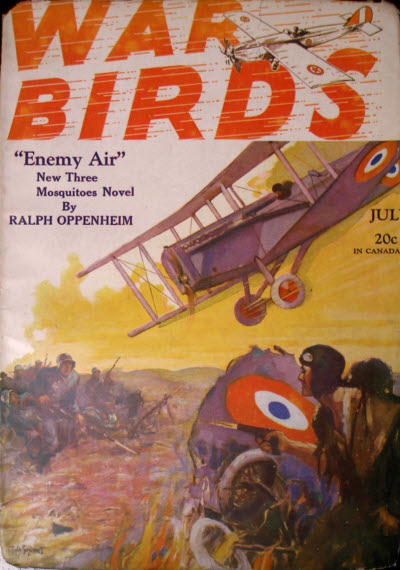 the third and final of three Ralph Oppenheim’s Three Mosquitoes stories we’re featuring this march for Mosquito Month! And this one’s a doozy! Kirby and the boys stumble upon a German spy ring and find themselves in one of their most dangerous missions yet that takes them all the way to a face to face meeting with Kaiser Wilhelm himself! You don’t want to miss it—it’s a true group effort as Travis gets to shine in this tale from the pages of the July 1929 issue of War Birds—when the boys find themselves in”Enemy Air!”
the third and final of three Ralph Oppenheim’s Three Mosquitoes stories we’re featuring this march for Mosquito Month! And this one’s a doozy! Kirby and the boys stumble upon a German spy ring and find themselves in one of their most dangerous missions yet that takes them all the way to a face to face meeting with Kaiser Wilhelm himself! You don’t want to miss it—it’s a true group effort as Travis gets to shine in this tale from the pages of the July 1929 issue of War Birds—when the boys find themselves in”Enemy Air!”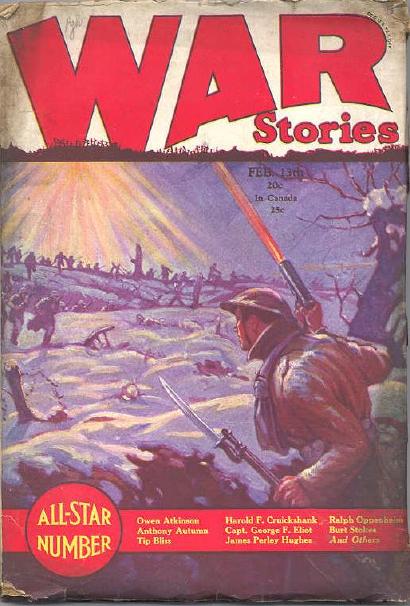 the second of three tales of Ralph Oppenheim’s Three Mosquitoes we’re featuring this march for Mosquito Month! This week, the germans are advancing troops to the front on road 12, but all reconnaissance flights report no activity on road 12! So it’s up to the inseparable trio to unravel the mystery of road 12—all they need is a little “Mosquito Luck!” From the February 13th, 1930 issue of War Stories—
the second of three tales of Ralph Oppenheim’s Three Mosquitoes we’re featuring this march for Mosquito Month! This week, the germans are advancing troops to the front on road 12, but all reconnaissance flights report no activity on road 12! So it’s up to the inseparable trio to unravel the mystery of road 12—all they need is a little “Mosquito Luck!” From the February 13th, 1930 issue of War Stories— 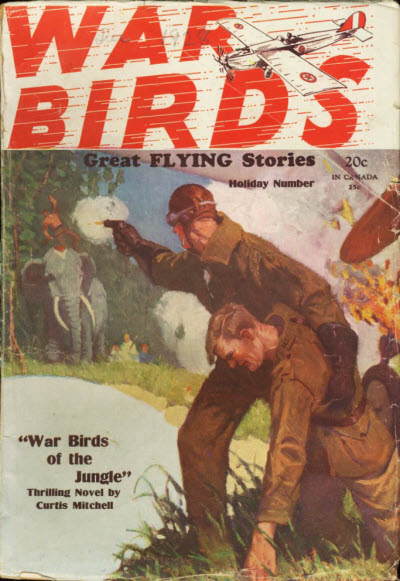 rolling with a tale from the pages of the December 24th, 1928 issue of War Birds.
rolling with a tale from the pages of the December 24th, 1928 issue of War Birds.

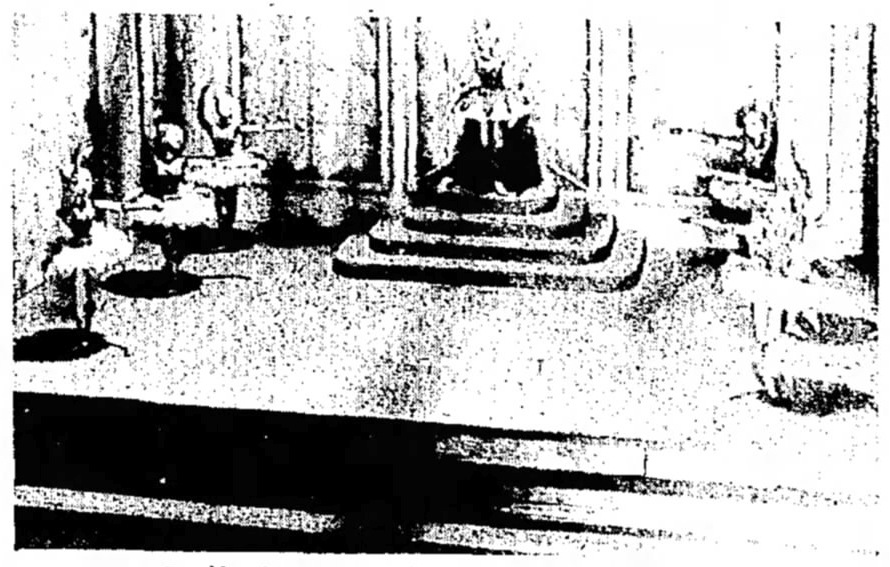
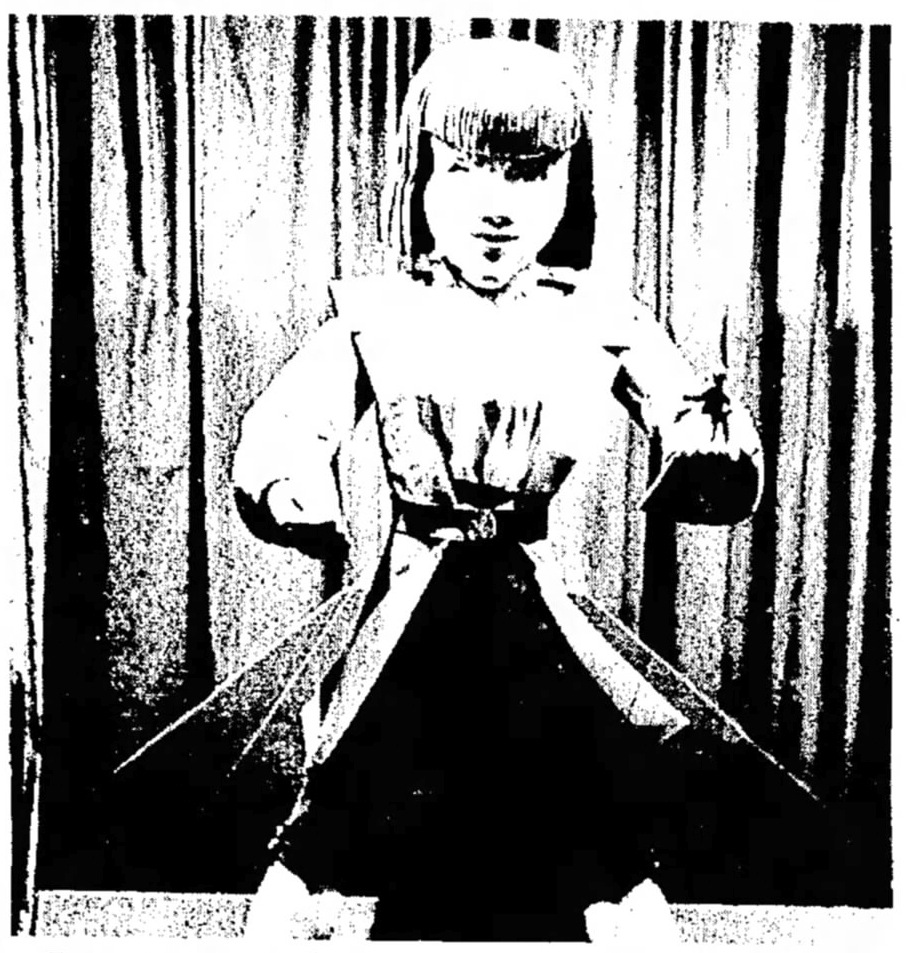
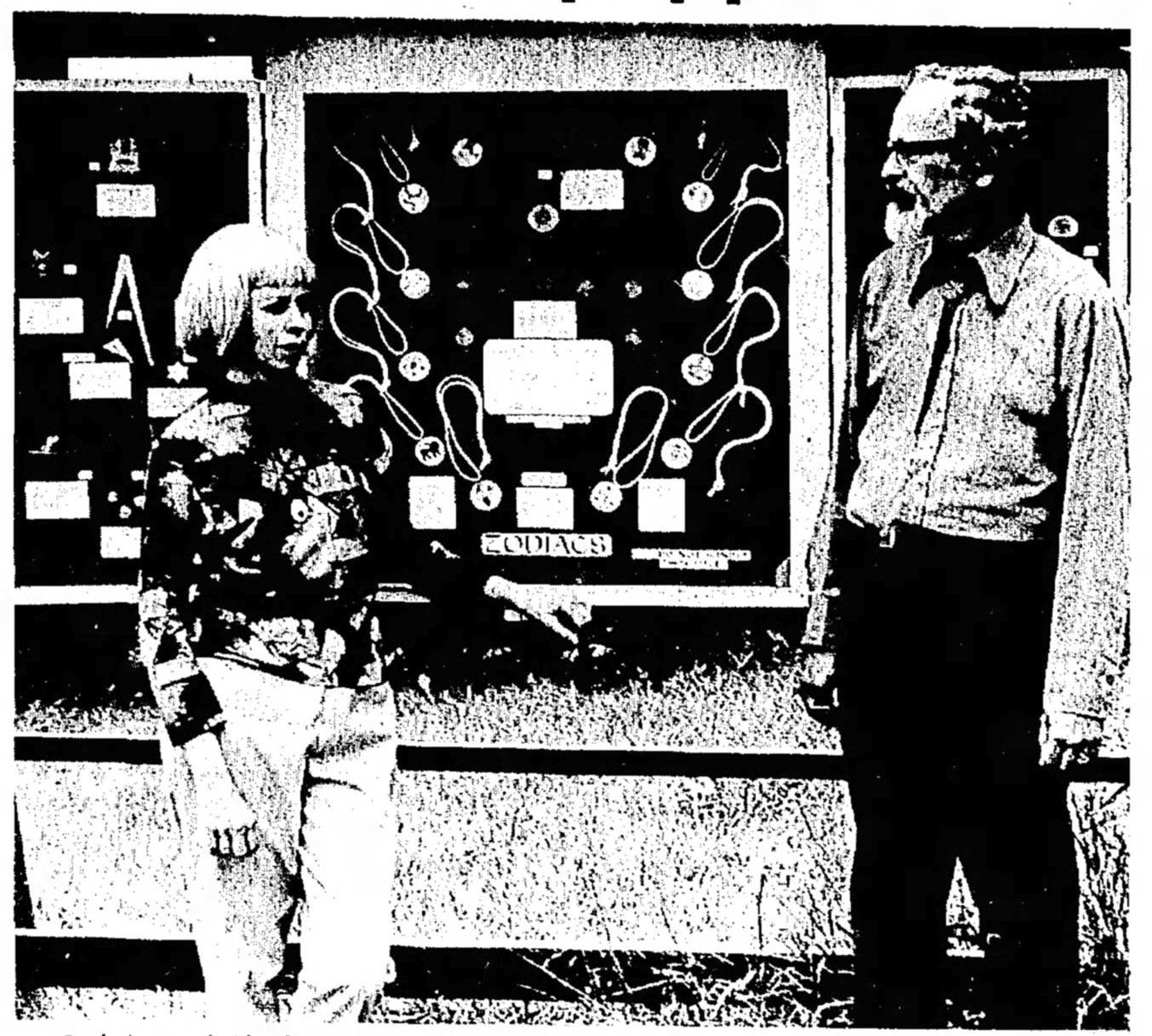
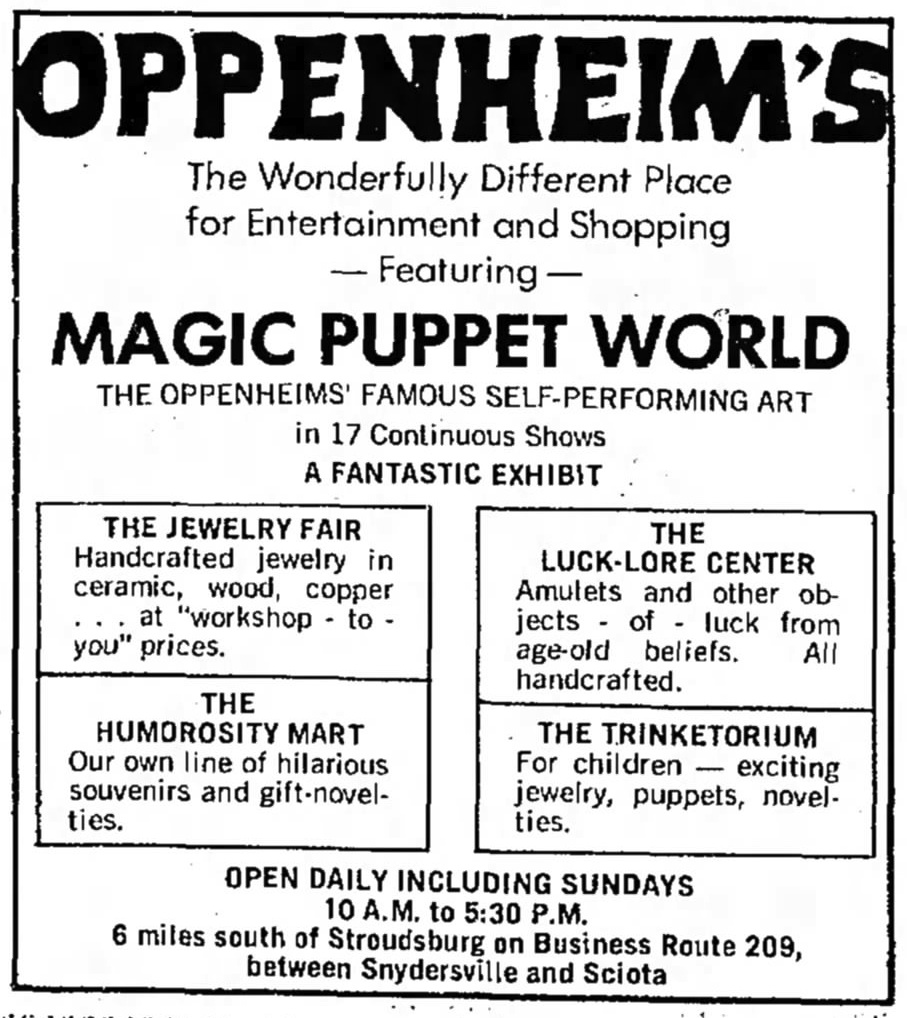
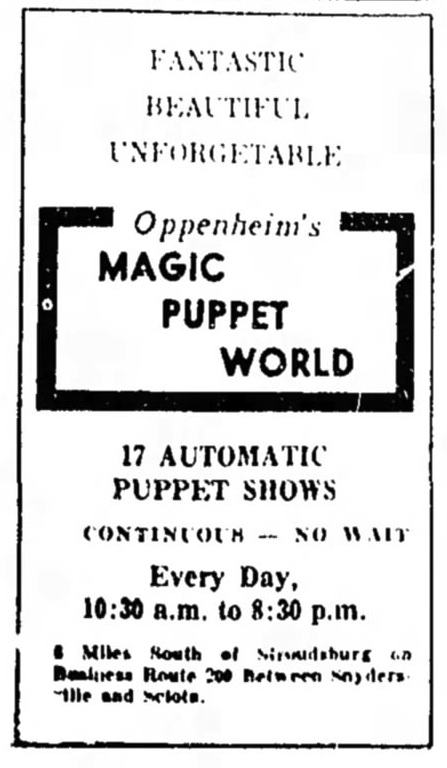
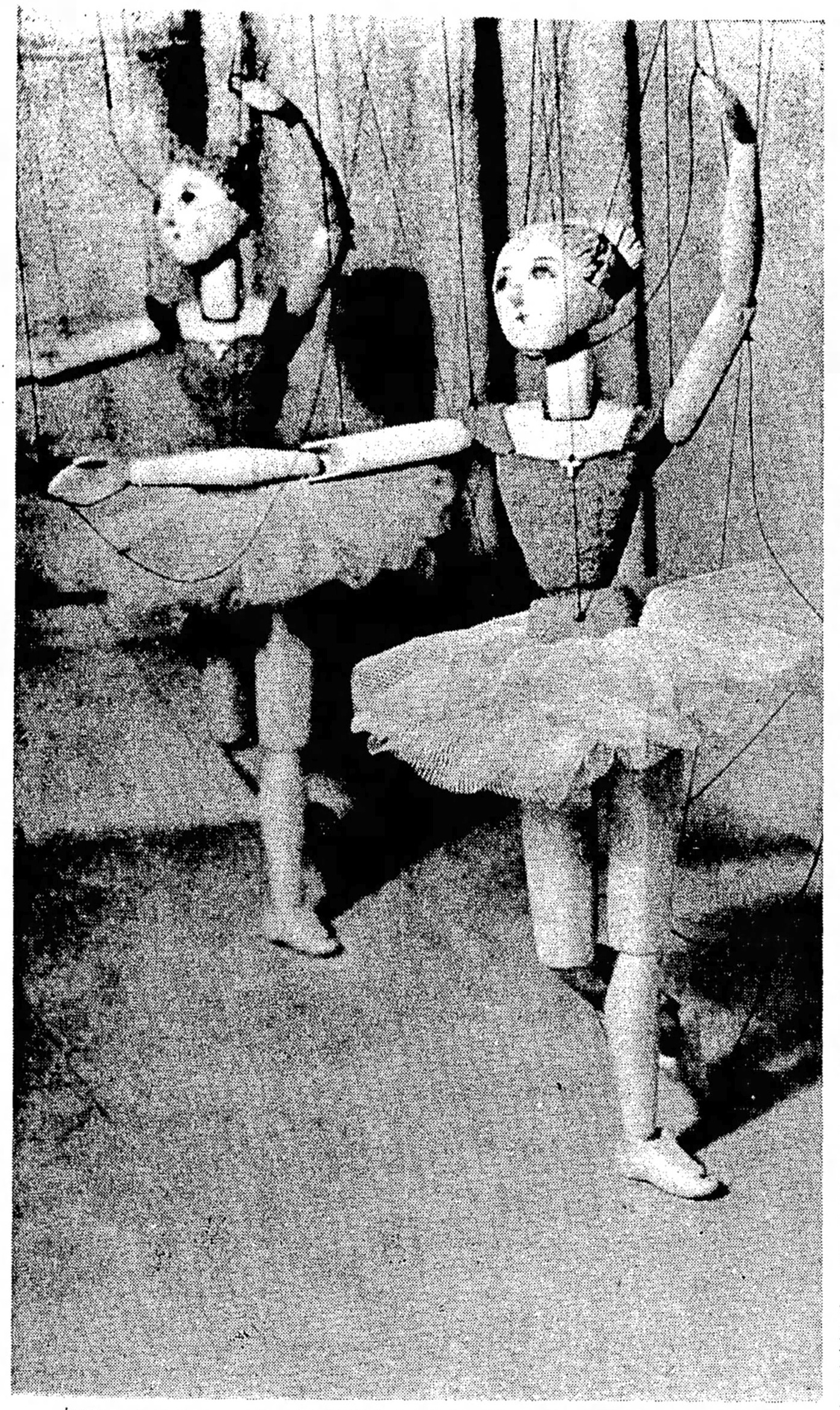
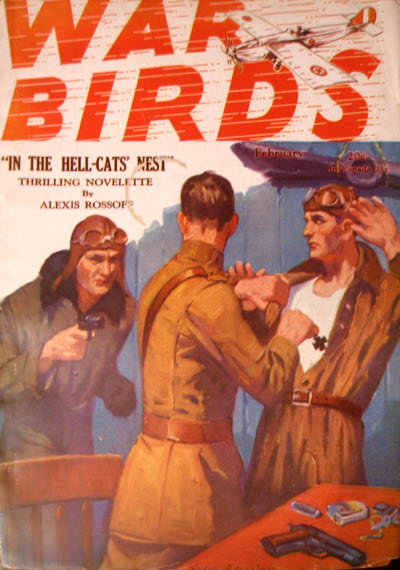 the third of three Three Mosquitoes stories we’re presenting this month. This week Kirby is hand-picked to to currier valuble war plans from Paris to Colonel Drake at his own drome. Sounds easy enough—but nothing is ever easy when there are more spys from imperial inteligence than frenchmen on the route. And Kirby is told he must either deliver the plans or make sure they are utterly destroyed if they fall into enemy hands! It’s another exciting tale of Ralph Oppenheim’s The Three Mosquitoes that originally ran in the February 1929 number of War Birds magazine!
the third of three Three Mosquitoes stories we’re presenting this month. This week Kirby is hand-picked to to currier valuble war plans from Paris to Colonel Drake at his own drome. Sounds easy enough—but nothing is ever easy when there are more spys from imperial inteligence than frenchmen on the route. And Kirby is told he must either deliver the plans or make sure they are utterly destroyed if they fall into enemy hands! It’s another exciting tale of Ralph Oppenheim’s The Three Mosquitoes that originally ran in the February 1929 number of War Birds magazine!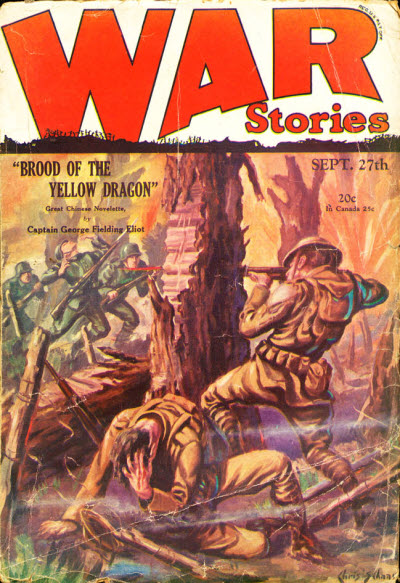 the second of three Three Mosquitoes stories we’re presenting this month. This week Kirby is tasked with flying a spy over the lines who as is usually the case, actually a german spy masquerading as a G-2 agent. When Shorty Carn and Travis realize what has happened, will they be able to reach Kirby in time? Find out in Ralph Oppenheim’s “Passengers of Death” originally published in the September 27th, 1928 issue of War Stories!
the second of three Three Mosquitoes stories we’re presenting this month. This week Kirby is tasked with flying a spy over the lines who as is usually the case, actually a german spy masquerading as a G-2 agent. When Shorty Carn and Travis realize what has happened, will they be able to reach Kirby in time? Find out in Ralph Oppenheim’s “Passengers of Death” originally published in the September 27th, 1928 issue of War Stories!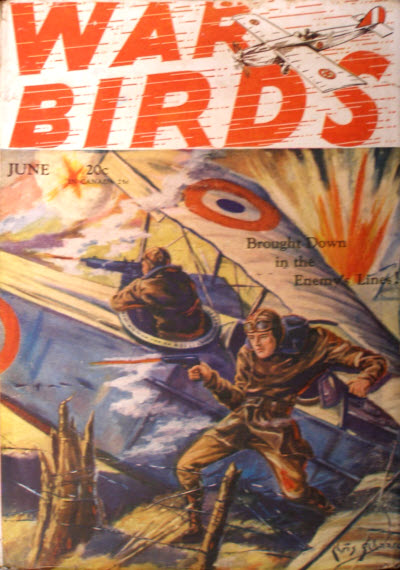 Mosquitoes, and to help get through the cold winter months, at Age of Aces dot net it’s Mosquito Month! We’ll be featuring that wiley trio in three early tales from the Western Front. This week we have the classic “Two Aces ~ and a Joker” in which Kirby takes on a lone enemy plane while returning from a mission. The two crash and Kirby and the Boche flyer strike up an uneasy truce until they find out which side of the lines they are on and who is whose prisoner!
Mosquitoes, and to help get through the cold winter months, at Age of Aces dot net it’s Mosquito Month! We’ll be featuring that wiley trio in three early tales from the Western Front. This week we have the classic “Two Aces ~ and a Joker” in which Kirby takes on a lone enemy plane while returning from a mission. The two crash and Kirby and the Boche flyer strike up an uneasy truce until they find out which side of the lines they are on and who is whose prisoner!